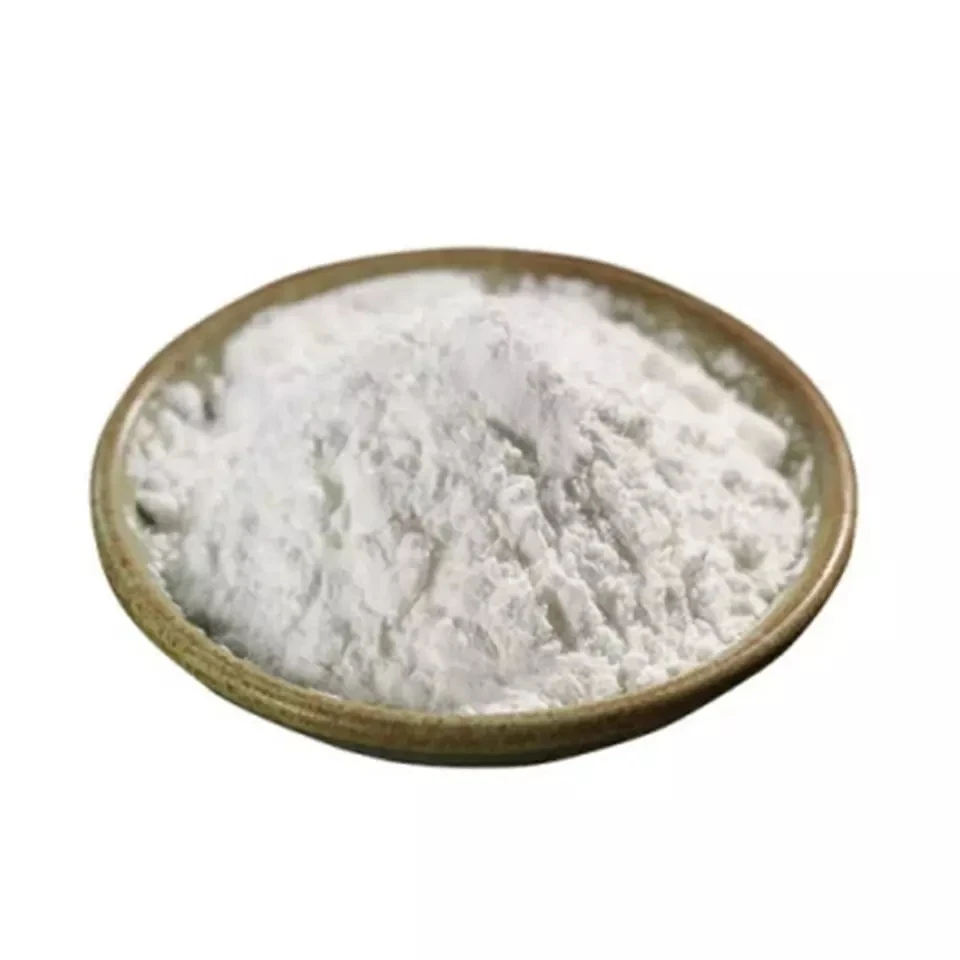Warning: Undefined array key "title" in /home/www/wwwroot/HTML/www.exportstart.com/wp-content/themes/1198/header.php on line 6
Warning: Undefined array key "file" in /home/www/wwwroot/HTML/www.exportstart.com/wp-content/themes/1198/header.php on line 7
Warning: Undefined array key "title" in /home/www/wwwroot/HTML/www.exportstart.com/wp-content/themes/1198/header.php on line 7
Warning: Undefined array key "title" in /home/www/wwwroot/HTML/www.exportstart.com/wp-content/themes/1198/header.php on line 7
- Afrikaans
- Albanian
- Amharic
- Arabic
- Armenian
- Azerbaijani
- Basque
- Belarusian
- Bengali
- Bosnian
- Bulgarian
- Catalan
- Cebuano
- China
- China (Taiwan)
- Corsican
- Croatian
- Czech
- Danish
- Dutch
- English
- Esperanto
- Estonian
- Finnish
- French
- Frisian
- Galician
- Georgian
- German
- Greek
- Gujarati
- Haitian Creole
- hausa
- hawaiian
- Hebrew
- Hindi
- Miao
- Hungarian
- Icelandic
- igbo
- Indonesian
- irish
- Italian
- Japanese
- Javanese
- Kannada
- kazakh
- Khmer
- Rwandese
- Korean
- Kurdish
- Kyrgyz
- Lao
- Latin
- Latvian
- Lithuanian
- Luxembourgish
- Macedonian
- Malgashi
- Malay
- Malayalam
- Maltese
- Maori
- Marathi
- Mongolian
- Myanmar
- Nepali
- Norwegian
- Norwegian
- Occitan
- Pashto
- Persian
- Polish
- Portuguese
- Punjabi
- Romanian
- Russian
- Samoan
- Scottish Gaelic
- Serbian
- Sesotho
- Shona
- Sindhi
- Sinhala
- Slovak
- Slovenian
- Somali
- Spanish
- Sundanese
- Swahili
- Swedish
- Tagalog
- Tajik
- Tamil
- Tatar
- Telugu
- Thai
- Turkish
- Turkmen
- Ukrainian
- Urdu
- Uighur
- Uzbek
- Vietnamese
- Welsh
- Bantu
- Yiddish
- Yoruba
- Zulu
Dec . 11, 2024 02:09 Back to list
Exploring the Sweetness and Controversy of Saccharin in Modern Food Industry
The Sweetness of Saccharin A Comprehensive Overview
Saccharin, an artificial sweetener, has been a topic of controversy and fascination since its discovery over a century ago. First synthesized in 1879 by chemist Constantin Fahlberg, saccharin is one of the oldest artificial sweeteners and is known for its intense sweetness, estimated to be about 300 to 400 times sweeter than sucrose (table sugar). This remarkable potency makes it an attractive option for calorie-conscious consumers.
The journey of saccharin began in the laboratories of Johns Hopkins University, where Fahlberg stumbled upon its sweetness while working on coal tar derivatives. The unexpected taste prompt him to investigate further, leading to the first commercial applications of saccharin in food products. It quickly became popular during World War I when sugar shortages led people to seek alternatives. Saccharin provided a solution, allowing consumers to enjoy the flavor of sweetness without the calories associated with sugar.
Despite its popularity, saccharin has faced its share of scrutiny. In the early 1970s, studies suggested a link between saccharin and bladder cancer in laboratory rats, which led to its temporary ban in certain countries, including the United States. The ensuing public outcry and fear regarding the potential health risks associated with artificial sweeteners sparked a significant debate over food safety and regulation. However, subsequent research demonstrated that the findings in rats did not translate to humans. As a result, saccharin was re-evaluated and eventually deemed safe by various health organizations, including the U.S. Food and Drug Administration (FDA) and the World Health Organization (WHO).
saccharin

Today, saccharin is commonly used in various products, including soft drinks, chewing gum, baked goods, and sweeteners for coffee and tea. Its ability to retain sweetness when heated makes it particularly valuable for processed foods and baked items. Consumers often choose saccharin for its zero-calorie profile, which appeals to those managing weight or blood sugar levels. Moreover, saccharin is particularly beneficial for individuals with diabetes, providing a safe way to enjoy sweet flavors without contributing to blood glucose spikes.
Interestingly, saccharin is often found in blends with other sweeteners like aspartame and sucralose, enhancing flavor profiles and providing a more balanced taste experience. This synergistic approach to sweetening allows food manufacturers to minimize aftertastes that can sometimes be associated with individual sweeteners. In fact, saccharin's unique flavor profile can enhance the overall sensory experience of food and beverages.
Despite its long history and established safety, public perception of saccharin continues to be influenced by the initial controversies surrounding its health implications. As consumer awareness of dietary choices grows, many are turning to natural alternatives, such as stevia and monk fruit, which are perceived as healthier. Nevertheless, saccharin remains a staple in the low-calorie sweetener market due to its cost-effectiveness and versatility.
In conclusion, saccharin has endured a rollercoaster of public opinion since its serendipitous discovery. From its early days as a wartime substitute for sugar to its current status as a widely accepted artificial sweetener, saccharin’s story is one of scientific inquiry, public health considerations, and evolving consumer preferences. As we navigate the complexities of dietary choices in a world increasingly aware of health and nutrition, saccharin stands as a reminder of the balance between innovation, safety, and the quest for sweetness in our lives.
Latest news
-
Certifications for Vegetarian and Xanthan Gum Vegetarian
NewsJun.17,2025
-
Sustainability Trends Reshaping the SLES N70 Market
NewsJun.17,2025
-
Propylene Glycol Use in Vaccines: Balancing Function and Perception
NewsJun.17,2025
-
Petroleum Jelly in Skincare: Balancing Benefits and Backlash
NewsJun.17,2025
-
Energy Price Volatility and Ripple Effect on Caprolactam Markets
NewsJun.17,2025
-
Spectroscopic Techniques for Adipic Acid Molecular Weight
NewsJun.17,2025

